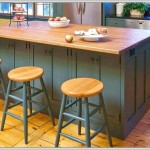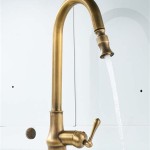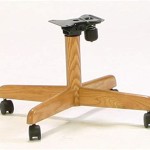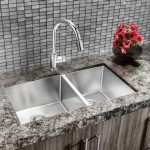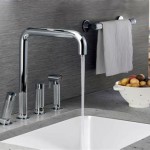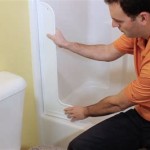Kitchen cabinet crown molding is an easy and affordable way to add style and function to your kitchen cabinets. This type of trim is installed around the top of the cabinet, giving it a finished look and providing extra support for the cabinet doors. Crown molding also helps to hide any gaps between the cabinet and the wall, creating a more polished look. With the right materials and tools, you can easily install kitchen cabinet crown molding yourself. Read on to learn more about how to get started!
Materials and Tools Needed for Kitchen Cabinet Crown Molding Installation
Before you begin installing kitchen cabinet crown molding, make sure you have all of the necessary materials and tools. You will need a miter saw, a drill, a jigsaw, a stud finder, a level, a hammer, wood screws, and the crown molding itself. If you don’t have all of these tools, you can usually rent them from a home improvement store.
Step-by-Step Guide for Installing Kitchen Cabinet Crown Molding
Once you have gathered all of the necessary materials and tools, you can begin installing kitchen cabinet crown molding. Here is a step-by-step guide to help you get started:
- Measure the length of the cabinet and mark the molding for cutting. Use a miter saw to make the necessary cuts.
- Attach the molding to the top of the cabinet with wood screws. Use a stud finder to locate the studs in the wall and mark them on the molding.
- Using a jigsaw, cut out the holes in the molding where the screws will go.
- Secure the molding to the wall with wood screws.
- Use a level to make sure the molding is even.
- Finish up by caulking the gaps between the molding and the wall.
Benefits of Installing Kitchen Cabinet Crown Molding
Installing kitchen cabinet crown molding can provide several benefits. It can help to improve the overall look of the kitchen, as well as add extra support for the cabinet doors. Additionally, it can help to hide any gaps between the cabinet and the wall, creating a more polished look. Finally, crown molding can also help to reduce air leakage, which can help to make your kitchen more energy efficient.















Related Posts

